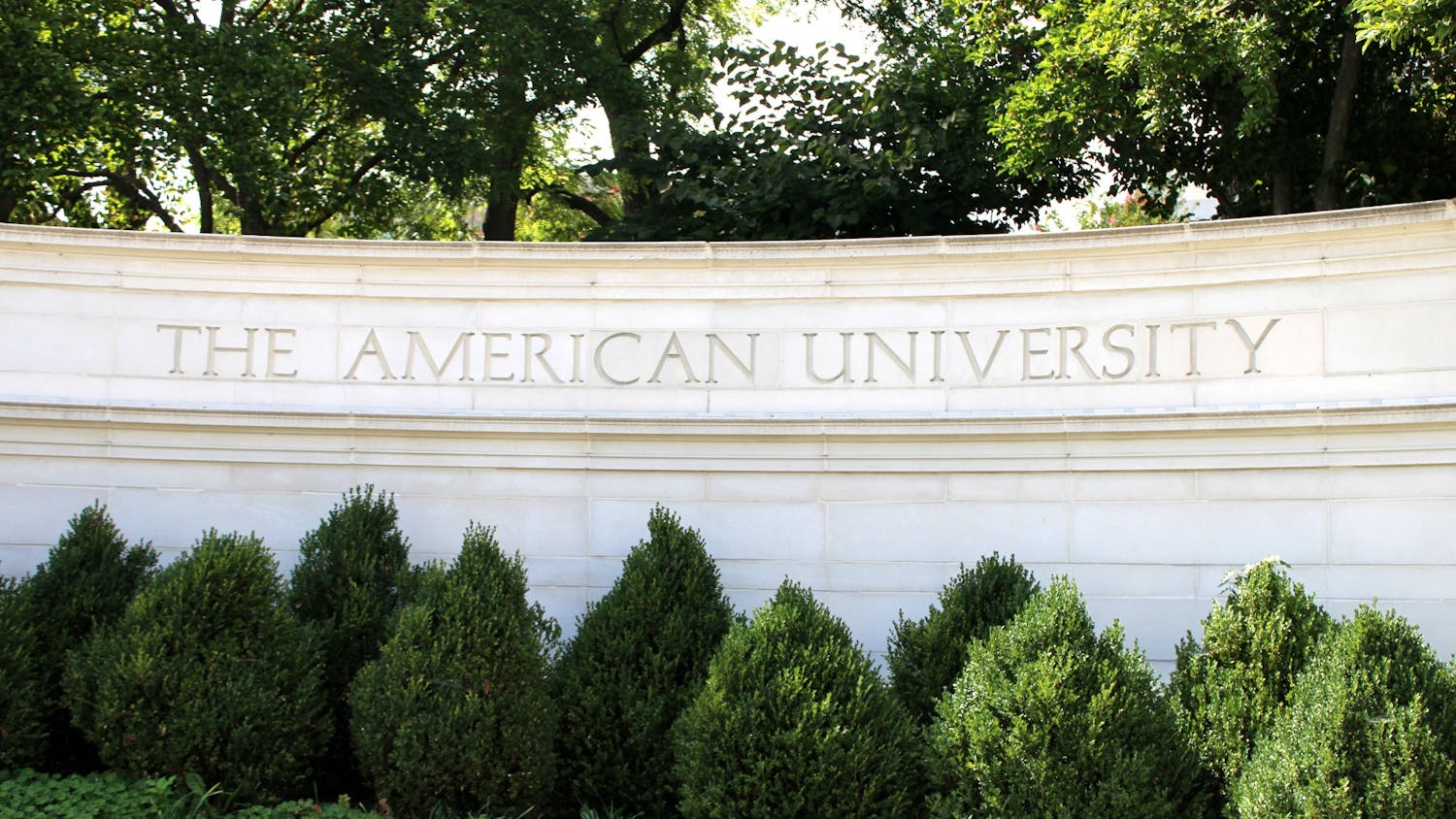The Student Health Center has diagnosed 25-30 cases of the H1N1 virus at AU in the past two weeks.
Though the SHC does not use the costly diagnostic test, any students exhibiting flu-like symptoms are assumed to have H1N1, according to Daniel Bruey, director of the SHC.
“Seasonal flu hasn’t started yet,” he said. “This flu has been around since May; so if it’s flu now, it’s H1N1.”
|
What is it? H1N1 presents the same symptoms as the traditional influenza virus. The virus is known as swine flu because it shares several genes with influenza viruses commonly found in pigs. How many people have been infected? Who is most at risk? Who is contagious? Go to the hospital if you experience H1N1 vaccine: Information from the Centers for Disease Control and The Washington Post |
There is also no way to tell exactly how many swine flu cases there have been at AU because students experiencing flu-like symptoms are not required to report them to the SHC, Bruey said.
He recommends that sick students self-isolate and only visit the SHC if they have underlying medical conditions or feel they need additional care.
“Most students are following that advice, and there’s not really a need to try and force people to do things, but we do try and make sure they follow the safe hygiene practices and stay isolated until they’re fever-free for 24 hours or more and feeling better,” Bruey said.
Bruey works with AU’s Emergency Response Team, which has been working since spring to plan for all possible scenarios involving the spread of swine flu.
Camille Lepre, senior director of university communications, is also a member of the team.
AU originally expected to see a much more drastic outbreak of H1N1 and is now scaling back its emergency plan accordingly, Lepre said.
The Emergency Response Team is monitoring the number of infected students daily to see if any action needs to be taken, Bruey said.
If H1N1 cases increase drastically, the first step will be to implement social distancing practices and limit group functions and large gatherings, he said. 100 reported cases at AU might cause this to happen.
Should the number of reported cases increase to around 200 cases, the university might have to suspend classes for a day, a week or possibly longer. These numbers are estimations and there is no tipping point number that would cause the school to shut down, Bruey said.
The Emergency Response Team is also looking into possible buildings to use as quarantine areas for infected students, according to Bruey. However, the team has no specific areas in mind and no concrete plans for quarantining students.
The best option right now is for infected students to return home while they recover, if they live near D.C., Bruey said.
“We’re going to make the decision based on whatever up to date and relevant information is available at the time,” Lepre said. “I will say we’re going to make every effort to remain open.”
Joe Frosone, a junior in the School of Public Affairs, said he is not worried that the school will have to close down.
“I mean, I don’t think it’s going to happen,” he said.
In the event of a large increase in H1N1 cases, Bon Appétit will change the self-service stations of Terrace Dining Room to minimize the spread of germs, according to Chris Moody, executive director of Housing and Dining Services. Housing and Dining has also developed a protocol for delivering food to mass distribution sites, if necessary, Moody said.
The SHC has applied through the Centers for Disease Control to be a swine flu vaccine distributor, according to Bruey. The vaccine would most likely be free, first for high-risk groups and then for anyone interested. Bruey said he did not know when the vaccines would become available for distribution.
“Students should be aware, but not scared,” he said.
You can reach this staff writer at mkendall@theeagleonline.com.




